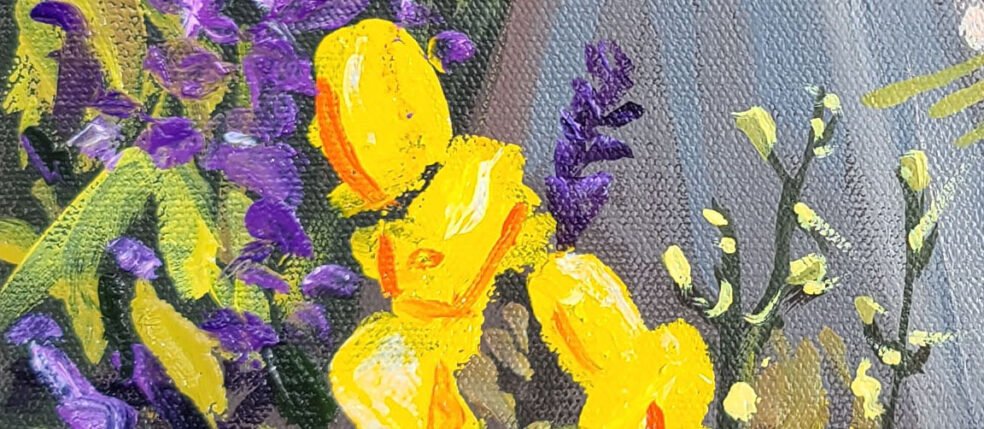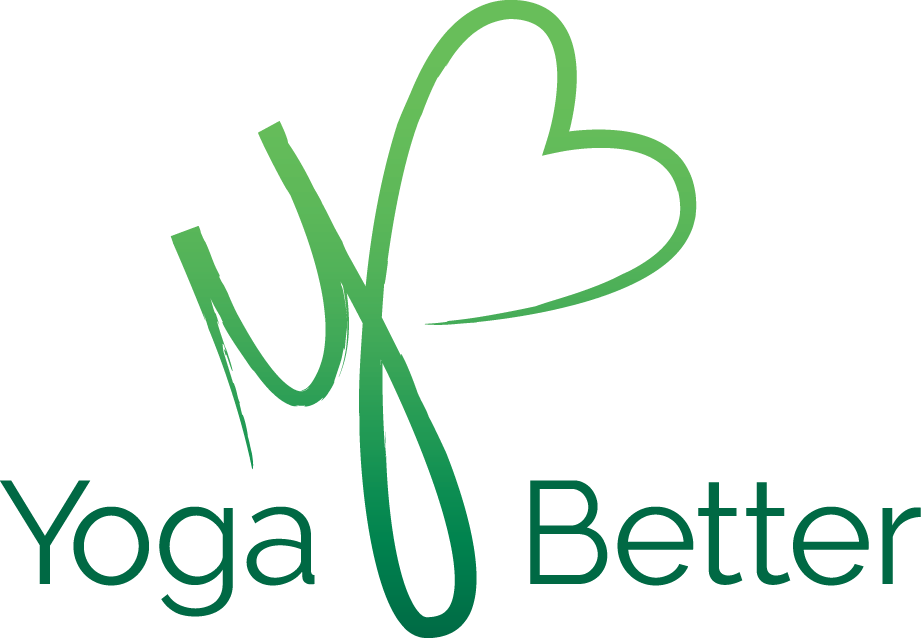This past Saturday, I casually made a statement that, to me was an obvious fact. “Blue, as in Blue, the noun.” In my courses, I am surrounded by wonderfully brilliant people with neat skill sets and wouldn’t you know it, not 2 milliseconds after my utterance, two people chimed in that Blue, the color, is an adjective. In fact, they…
Colors are Mostly Nouns


